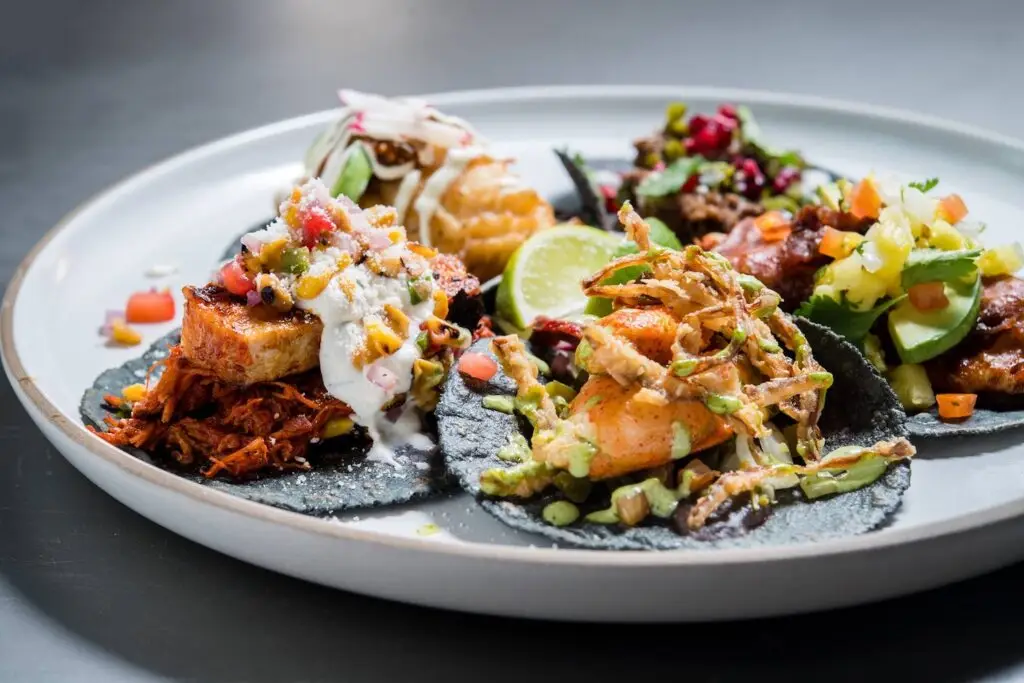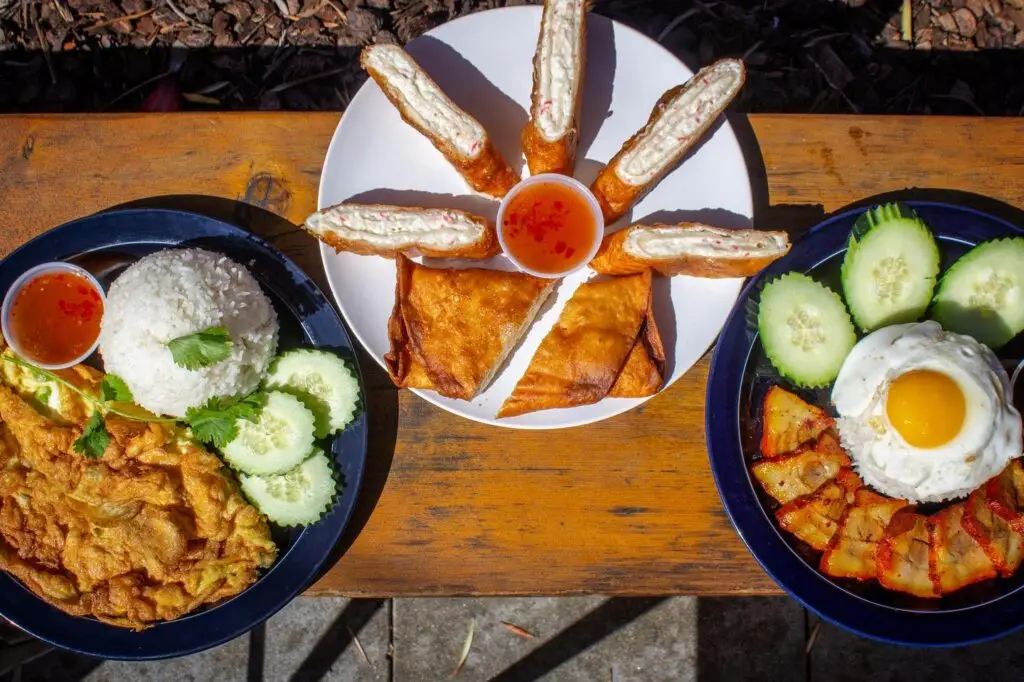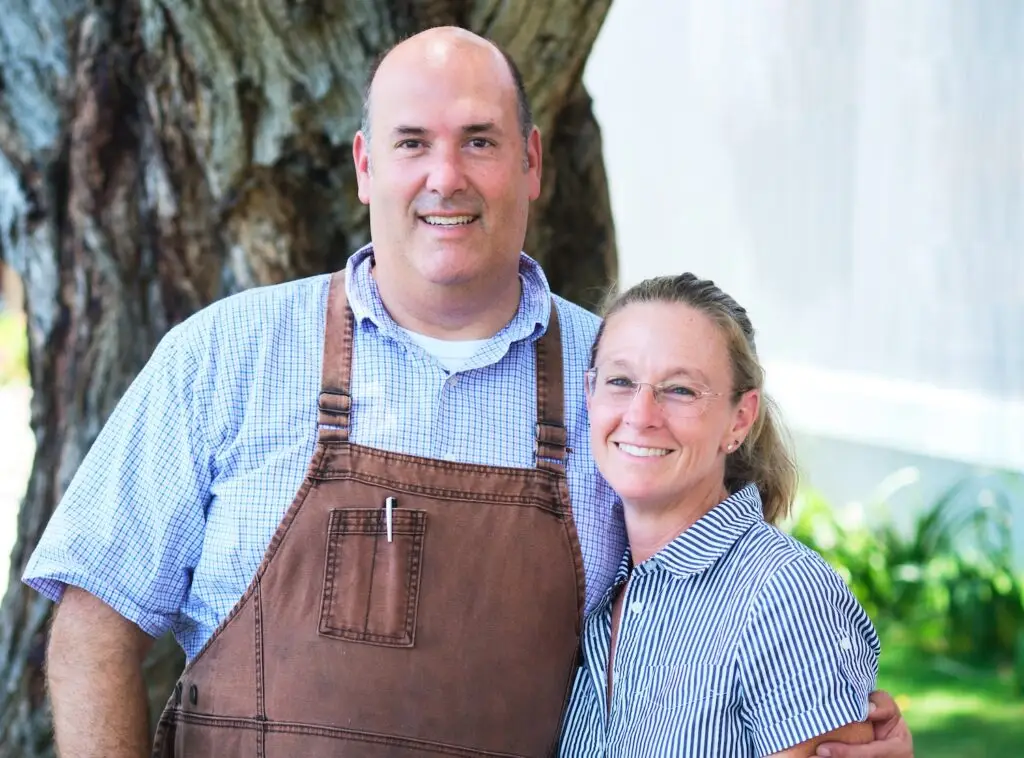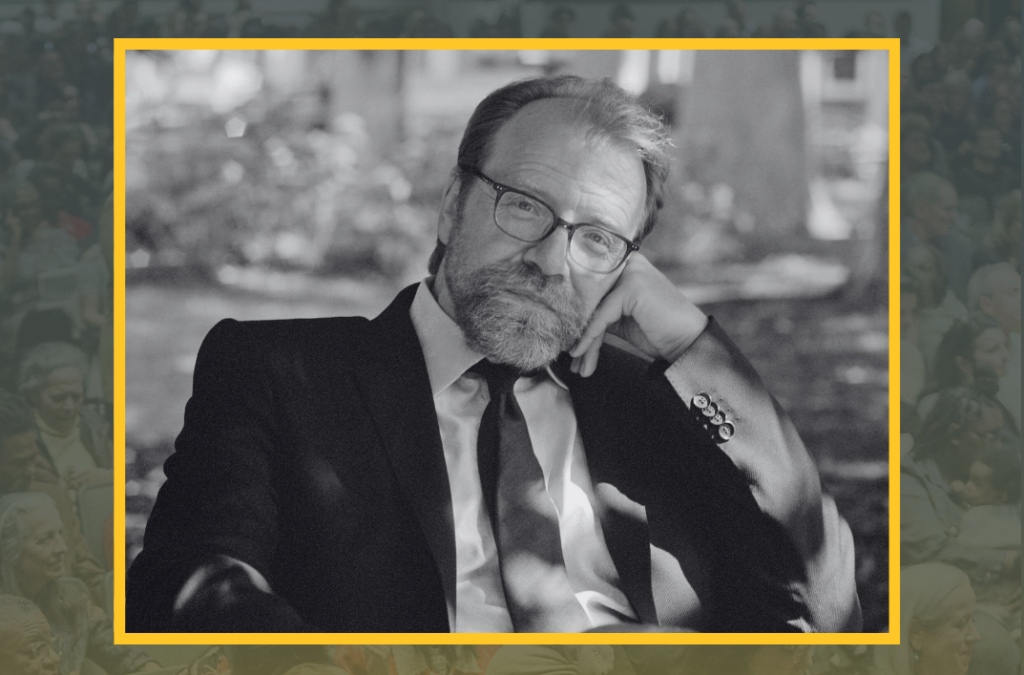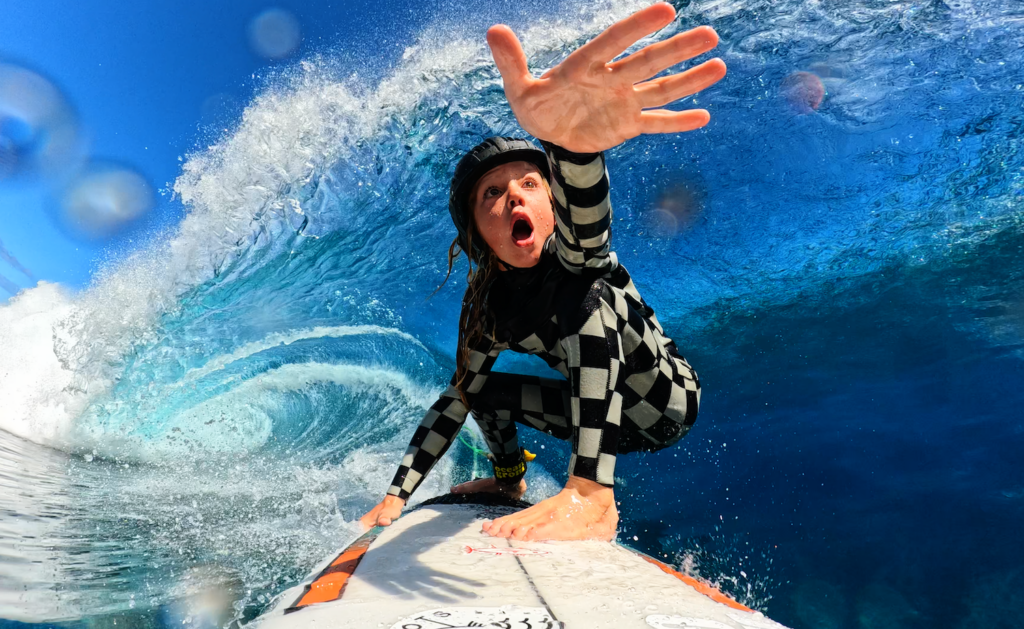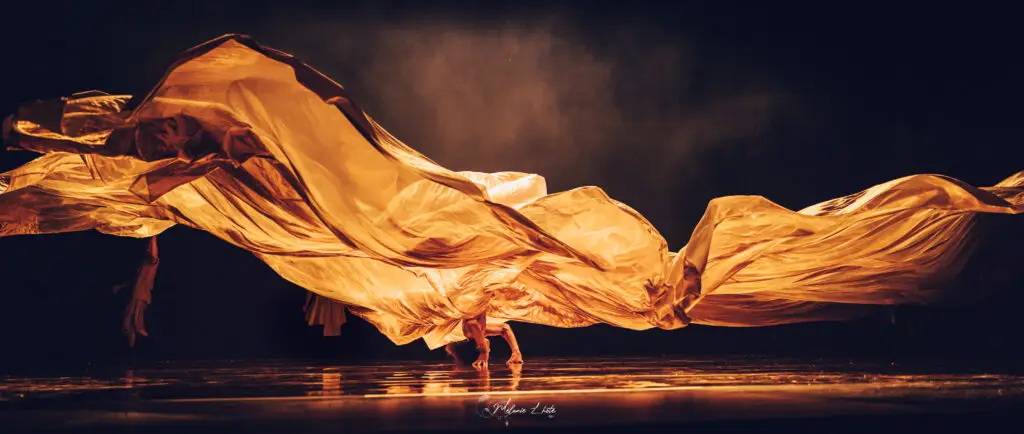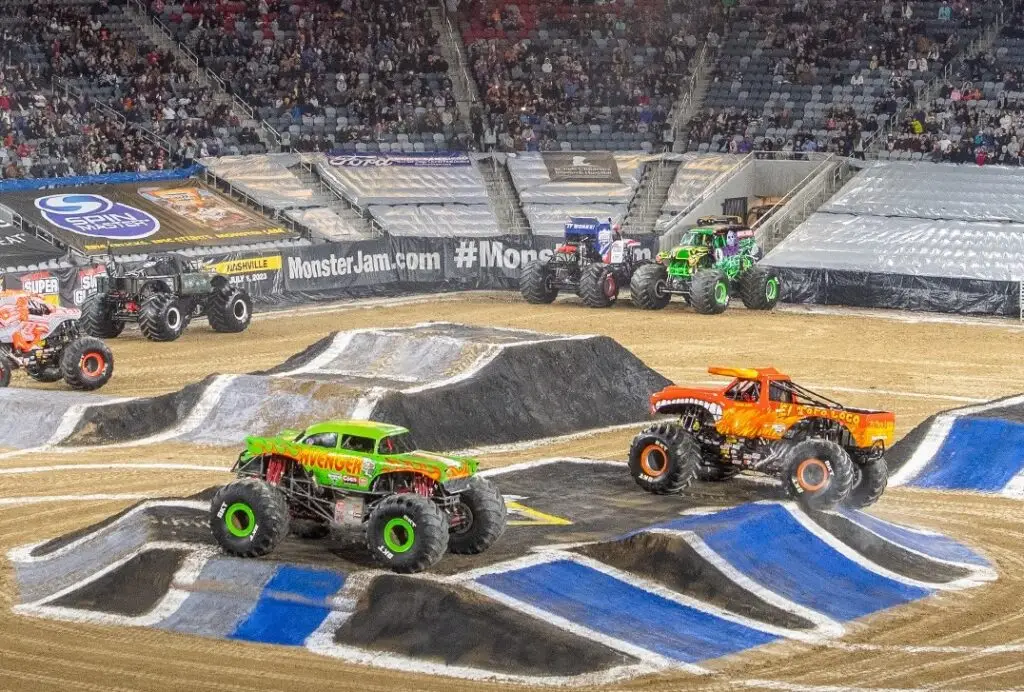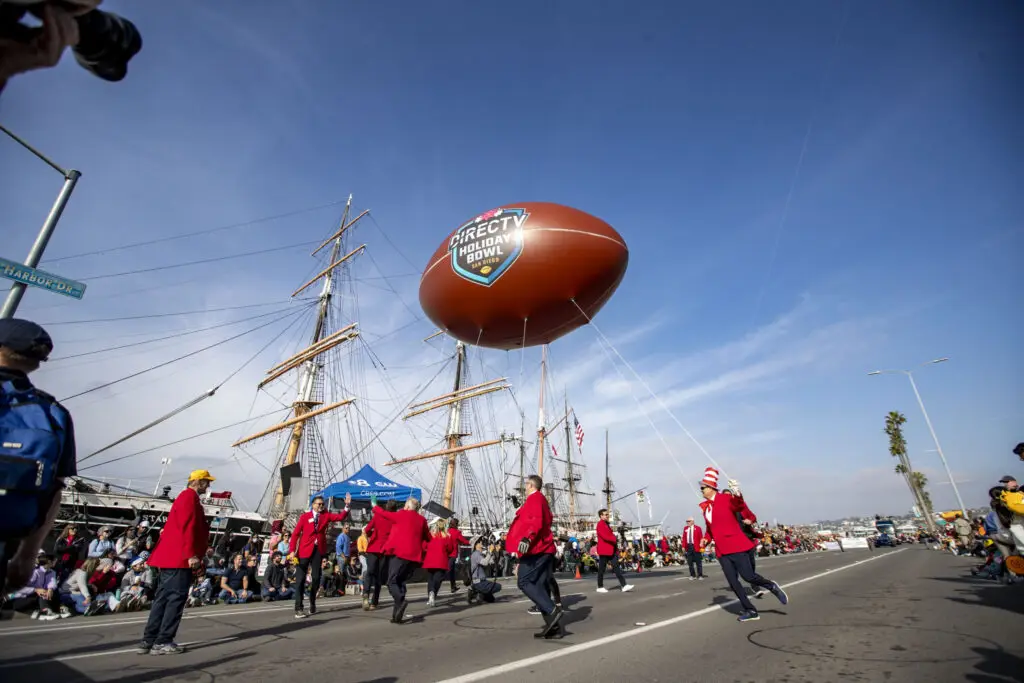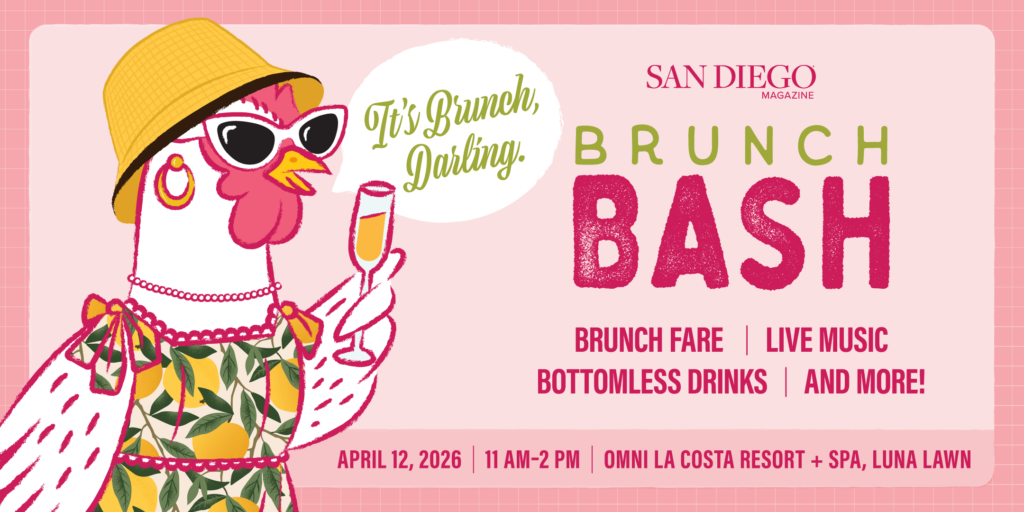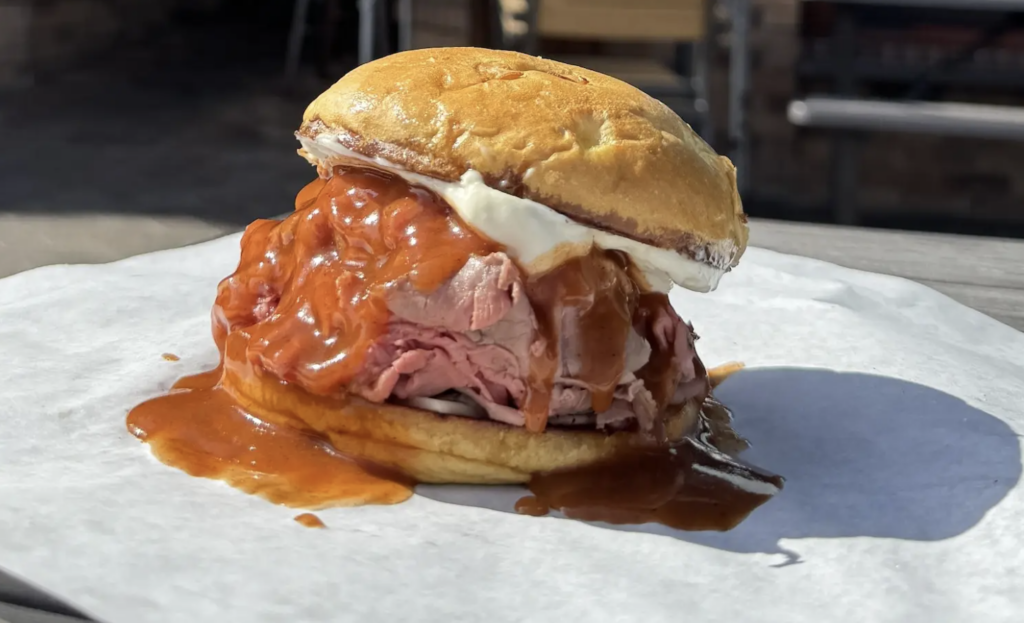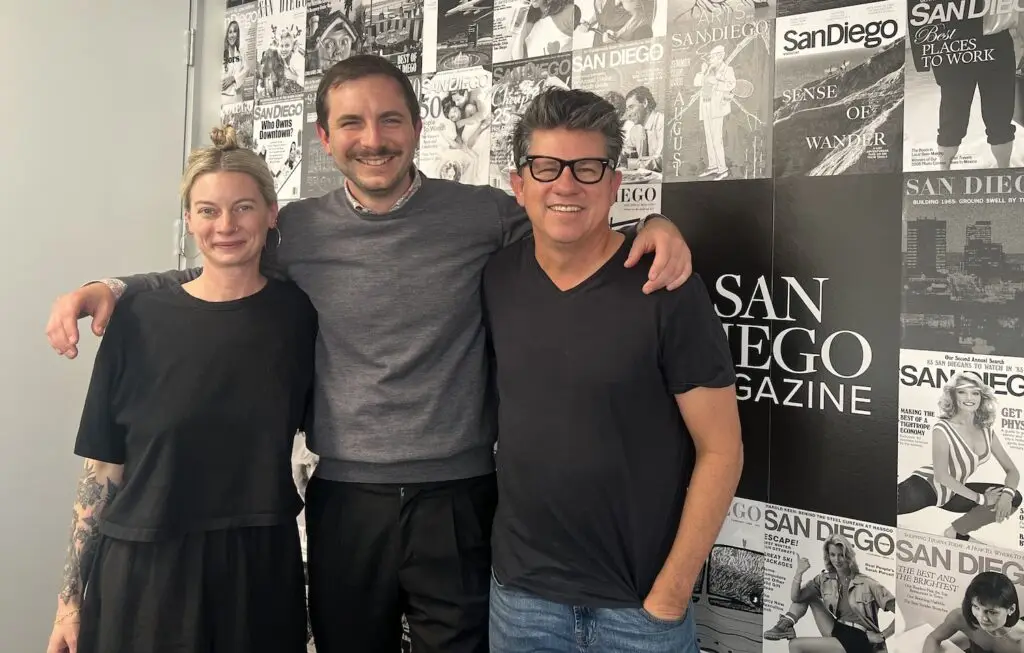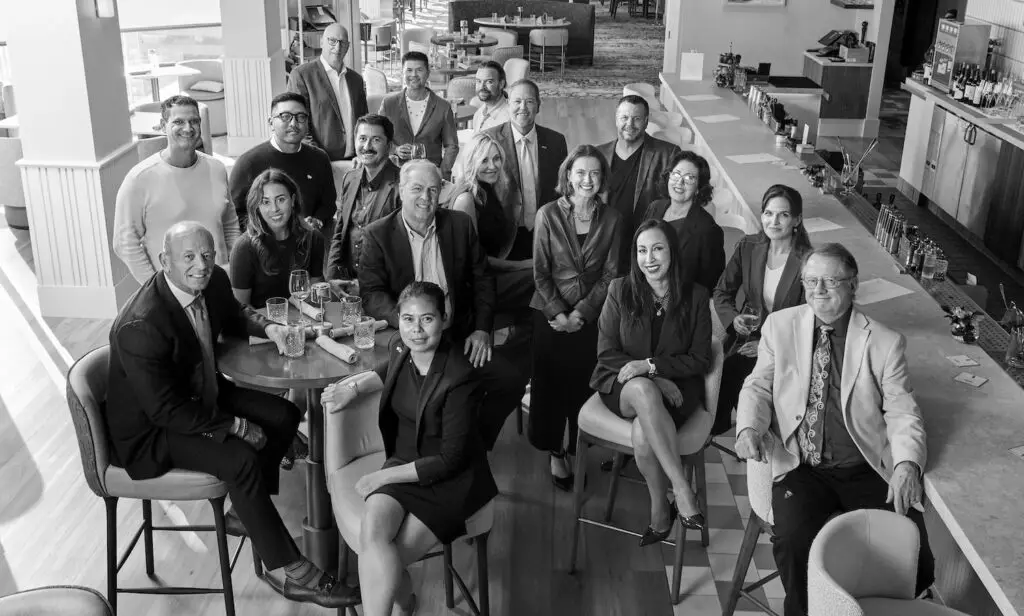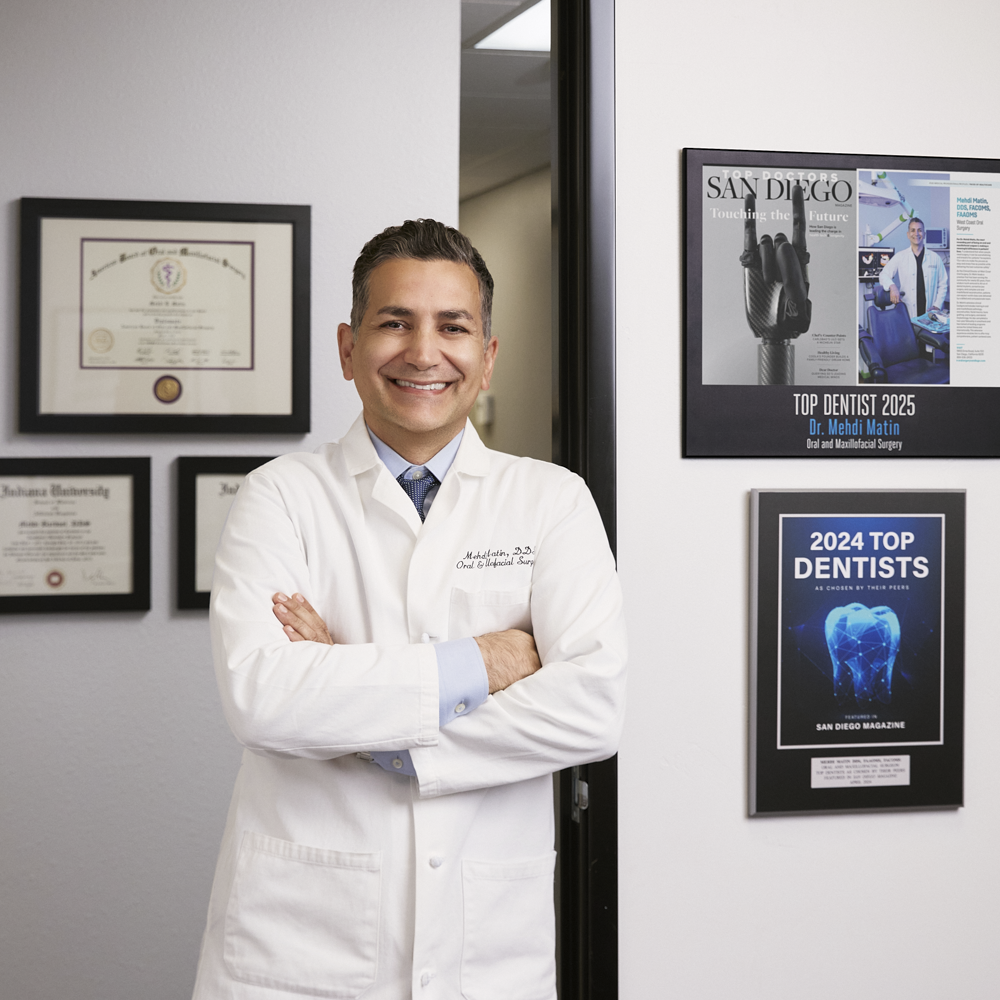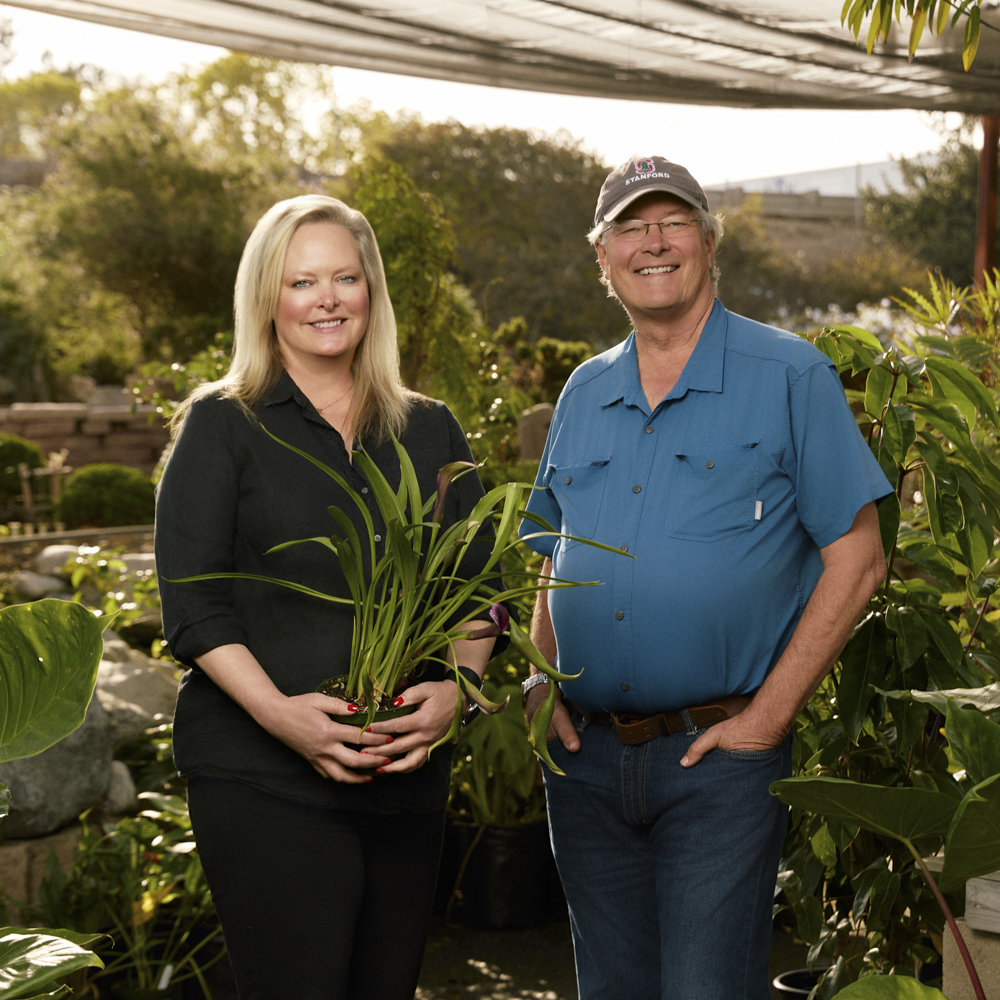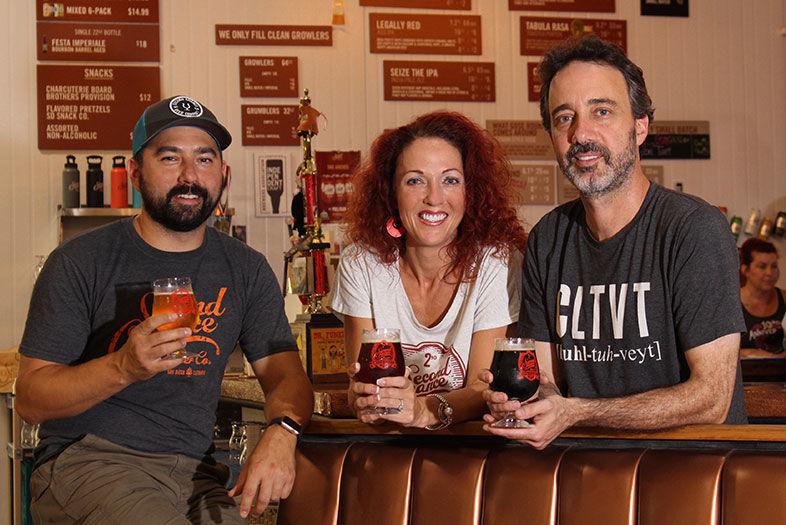By the time it opened in Carmel Mountain Ranch two years ago, Second Chance had become San Diego’s most highly anticipated new brewery. That’s because brewmaster/co-founder Marty Mendiola was already well known in the world of San Diego beer; in fact—as the head brewer for Rock Bottom in La Jolla—Marty had won numerous national and international competitions, medals, and awards, and even served as the president of the San Diego Brewers Guild.
Everybody knew Marty made great beer, so it was no surprise that—almost immediately after pouring their first pint—Second Chance became one of the darlings of the local craft beer scene. Now, a full two years later, the brewery’s trajectory continues to impress onlookers. Under the management of Marty, his wife Virginia, and partner Curtis, production capabilities have expanded greatly, along with an impressive growth in distribution for draft accounts and packaged beer.
Sipping on a small glass of the Second Anniversary Bourbon-Barrel-Aged Scotch Ale—a beautifully rich and smooth dark beer with notes of vanilla, coffee, chocolate, bourbon, and caramel—I sat down to chat with the Second Chance triumvirate about the ups and downs of growing a new business, and what the past two years look like in the rear view mirror.
Looking back over the past two years, what would you say surprises you most?
Virginia: I’ll start out with the most pleasant surprise: I had pretty high expectations, but I really couldn’t have foreseen all that we’ve accomplished in two short years. From production capacity to what we achieved in self distribution to the number of packaged offerings that we have—we have six beers in cans and we’ve just released our second special offering (the 2nd Anniversary). I’ve also been surprised at what we’ve accomplished with our team, I’m really proud of the team that we’re building—I think we’re fifteen strong now—and we’re very methodical and selective when we add on. That kind of growth in two years, in a very competitive market, is something for us to be really proud of.
Yeah, especially given the fact that you were—what—which number brewery when you opened?
Marty: 120, I think.
Virginia: Yeah, or 121. On the flip side, in terms of surprises, I don’t think I could have anticipated the amount of work it was going to take. I sometimes compare it to a baby: This place shits on you, it keeps you up until all hours of the night, it doesn’t let you go anywhere, and it grows in ways you didn’t expect. And no matter what you try to do to get a break from it, it’s always there. And I don’t know if that is ever going to change!
Marty: She’s absolutely right. A lot more work than I had imagined. I mean, I knew it was going to be work—it was not just going to be a brewery, it was going to be a company, with employees—but it didn’t really hit me, you know, that we were going to have employees who were real people with lives and health insurance! And then there’s so much other stuff, like emails and marketing and logistics—all the stuff other than the actual brewing of the beer. You have to manage all the raw materials coming in, and cans, and then the beer going out.
You were involved in all that at Rock Bottom, weren’t you?
Marty: Nope! I was able to send my invoices out to some home office and some accountants took care of that!
Virginia: And you weren’t doing distribution at all.
And it wasn’t your money they were paying the bills with!
Marty: Exactly! But I think I’ve turned a corner this summer in that I’m starting to see how some of our other people can start to take over some of the responsibilities—Craig in the brewery, for example, is starting to direct the brewers a little bit more. So, I think we’re getting there. We have had our challenges, especially on the production side. We have a 30-barrel brewhouse—which is a good amount of beer—but with only three fermenters it’s been a juggling act with the canning schedule. I think getting our canning line will be helpful. And we’ve just gotten two more fermenters in.
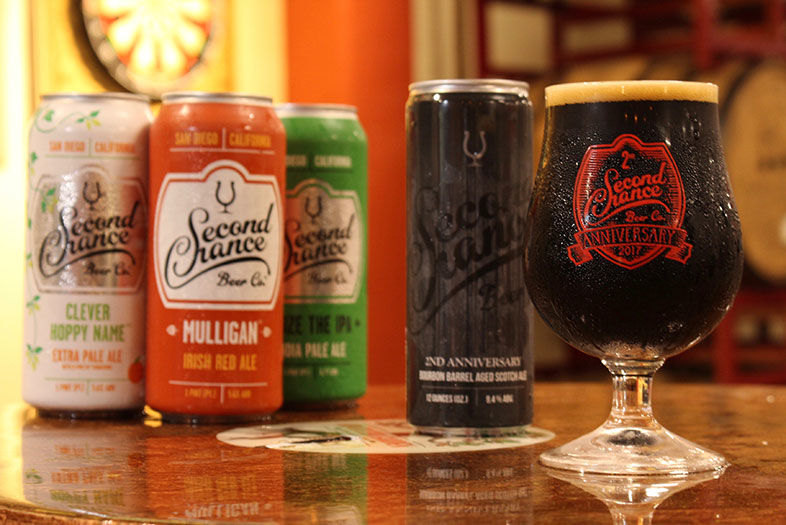
Have a Beer with the Second Chance Leadership Team
The Second Anniversary beer is a Bourbon-Barrel-Aged Scotch Ale | Photo: Nate Glassman-Hughes
You opened up with deep relationships in the craft beer community, and you knew a lot of brewers and breweries, all of whom already respected the beer that you made. And we know that the good, established brewers in town, they respect “street cred” a lot. Do you feel you got an extra-special amount of support from the beer community here?
Marty: Well, yes and no. If you’re talking about the brewery community, then yes—they kind of automatically gave us an acknowledgment of support. But a lot of the general public, they didn’t know us from anything.
Curtis: I think the overall answer would be, yeah, in terms of how you framed it, Marty’s twenty years in brewing, those relationships run deep and so they talk to each other constantly. And it’s not only about brewing advice, it’s also questions about owning a business and the like. So, yeah, there’s been a lot of support.
You didn’t need to ask other brewers for a lot of advice on brewing beer, but did you ask them for advice on how to run your own company?
Virginia: Prior to opening, definitely.
Curtis: Yes, and there are lots of things that come up. It’s not necessarily that we don’t know how to do it, but it’s about understanding the difference between option A or option B and which is better for various reasons. We had a lot of those conversations and that’s been very nice.
Marty: Peter [Zien] from AleSmith was a huge help. We talked to him for a year or so, maybe.
Virginia: The Societe guys.
Marty: Yeah, Travis [Smith] helped us a lot.
Virginia: And once we got open, places like Small Bar helped us out a lot. Karen Barnett ordered without even tasting the beer. She ordered our first three or four kegs.
That was my follow up. Do you feel you had a leg up in terms of getting established with the key accounts in town?
Curtis: Oh, yeah.
Marty: We definitely had that advantage.
Have you been surprised at all by any beers that have taken off where you hadn’t expected it?
Marty: Mulligan, which is our Irish Red, has surprised us with its popularity. Our IPAs do really well, but I think people are so overwhelmed by all the IPAs out there, the hazy IPAs, the juicy IPAs…
Virginia: There’s even “chunky” IPAs!
Marty: We haven’t done a New England style IPA.
What’s prevented you from doing one? Do you just not want to jump on the bandwagon?
Marty: It’s not my style. I’ve spent my whole career trying to figure out how to make beer clear without a filter. I don’t really have anything against a real, true New England style IPA—I don’t hate the beer just because it’s hazy—but people are adding flour and are not really making good beer. Well made, though, they can be quite tasty. Modern Times, Port Brewing, and Pure, for example, are really good.
You mentioned that it was a steep learning curve to educate the craft drinking public about your beers. What did you feel were the specific challenges in that?
Virginia: First it was just getting them to know and understand Marty’s pedigree, how accomplished he is. And then it was getting them to know the kinds of styles that we brew here, ones that are maybe not so mainstream as most in San Diego. I think we have one of the more eclectic beer lineups in town. We don’t just have all IPAs. We have saison and we do a lot of Belgian styles and English styles. There’s pretty much something here for everyone, even the wine drinker or the person who says they don’t like beer. I can usually get ‘em with our Tabula Rasa [toasted porter], nine times out of ten! We really believe firmly in educating people about what it means to be “craft” and what it means to be independent and why that’s important in San Diego.
You’ve also integrated the whole concept and culture of a “second chance” into every aspect of the brewery. Can you talk a little bit about how that has evolved over the past two years?
Virginia: We talk about our passion—Second Chance isn’t just a name for us—it’s not only about our beer, it’s also about our planet. About 70 to 80 percent of everything you see out in our tasting room has been upcycled or recycled—given a “second chance.” Our tap handles and our bar top came from fallen trees. We even have tables out there that our customers donated to us because they know that we like to give things a second chance.
Another big part of our identity is about community. We’re passionate about organizations within the community that have given second chances to people, places, and animals, and we work with them. We give them a lot of money—we put our money where our mouth is. In fact, we’ve given in the high five figures so far this year—that’s not including product donations, that’s just cash.
We do at least one fundraising event per month here. Second Chance Dog Rescue is one of our favorites; we do an annual fundraiser for Donate Life San Diego, which is the ultimate second chance; Horses of Tir Na Nog is another one, they’re a horse sanctuary that provides a home for horses that would otherwise be put down. And we also did a fundraiser for a horse sanctuary that does therapy with adults and children that need “second chances.” Oh, and we did a “Fix It Clinic” where volunteers brought equipment and we invited people from the community to bring in things that they would otherwise dispose of and we got them repaired. That’s just a small sliver of what we’ve done.
Alright. So, year 3. What are the big goals coming up?
Curtis: Well, we’re opening a tasting room in North Park on October 7. We’ll also be working with CBG (Craft Brewers Guild) for distribution and spreading who we are and what we do across San Diego County. We’ve also been self-distributing out to Murrieta and Temecula and that area.
Virginia: There’s also Mexico.
Curtis: Yeah, we’ve been working on it. We’ve been chipping away.
Marty: It’s going to take a little work, I think, but we’re working on distribution there.
Virginia: In Baja.
Marty: The craft beer scene is still a little on the young side down there, but they are diggin’ it. We’re still trying to figure which styles are going to work best down there. As far as the immediate future goes, I’m looking forward to getting our new canning line in here in December and getting that hooked up. We’re definitely going to be kicking it into third gear.
For folks out there who don’t know Second Chance yet, what’s the one thing you want them to know about your brewery?
Marty: For me, it would be that we’re brewer owned and we’re a beer-oriented brewery, meaning we focus on well-made, clean, high quality beers and we like having the beer speak for itself. We want people to know we’re independent and we’re locals who re-invest in the community in order to grow.
Curtis: I think our main tag line says it all: “Seize. Sip. Enjoy.” You know, beer is fun. Life is short. We make great beer and we have fun with it and we want other people to enjoy it. And it’s true that—especially in San Diego—a lot of the enjoyment of beer has to do with who you’re with and where you’re at. The beer comes first—obviously—but great beer and a great place with great people: That’s what it’s all about!
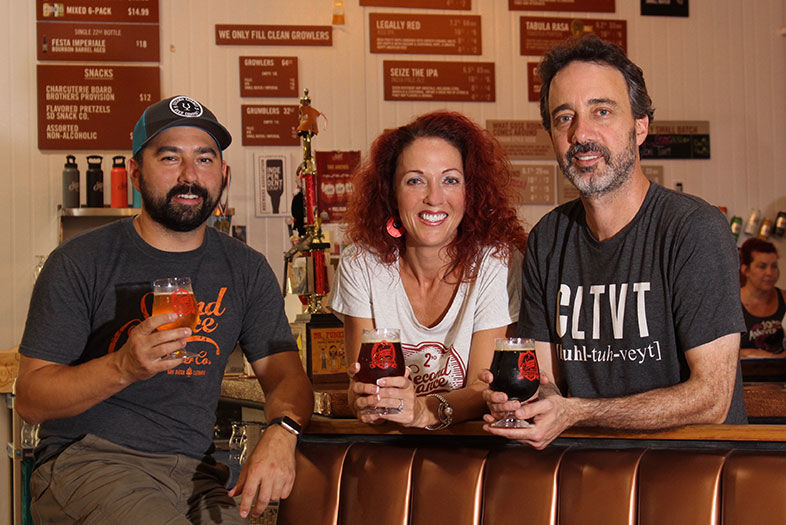
Have a Beer with the Second Chance Leadership Team
PARTNER CONTENT
The Second Chance leadership team is (from left): Curtis Hawes, Virginia Morrison, and Marty Mendiola | Photo: Nate Glassman-Hughes
